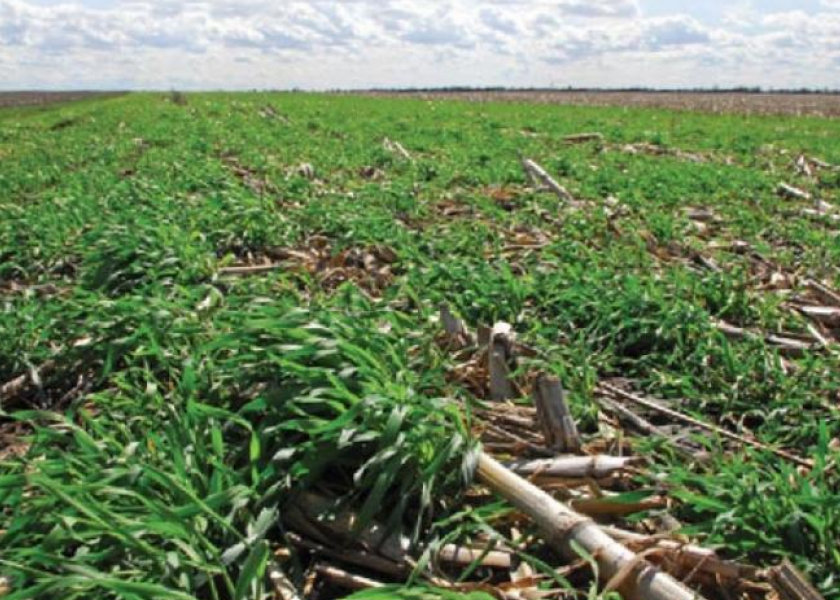New Conservation Funding and CRP Took Priority in Senate Ag Hearing

Another farm bill hearing took place Wednesday by the Senate Ag Committee. This time the focus was on conservation and forestry issues. Key topics include:
1. How USDA is planning to implement around $20 billion in new climate-oriented conservation funding from the Inflation Reduction Act (IRA).
Ranking Member John Boozman (R-Ark.) frets that IRA provisions tying the new funding to climate might leave out certain types of crop producers, or certain regions where climate and carbon sequestration projects are not feasible.
Natural Resources Conservation Service (NRCS) Chief Terry Cosby said the agency’s methodology is based on data from across the country to ensure the programs are responsive to local and regional considerations.
2. Ways the Conservation Reserve Program (CRP) and other programs can be adjusted so they better serve a wider array of producers.
Farm Service Agency (FSA) Administrator Zach Ducheneaux said he viewed the program’s 27-million-acre cap as a goal. The Congressional Research Service estimates the next farm bill will include at least $57.5 billion for conservation and forestry programs.
Boozman noted current conservation programs have been successful because the efforts are "voluntary, incentive-based and locally led." He said if federal officials guided program priorities it could threaten the success of conservation efforts.
"Conservation needs and the needs of our producers are as diverse as the crops they grow and the land that they grow them on. Our programs must reflect this reality and provide the flexibility our farmers and ranchers need," Boozman said. "The prioritization of resource concerns must be left to the local level where producers decide how they can best address their unique and varied landscapes and needs."







